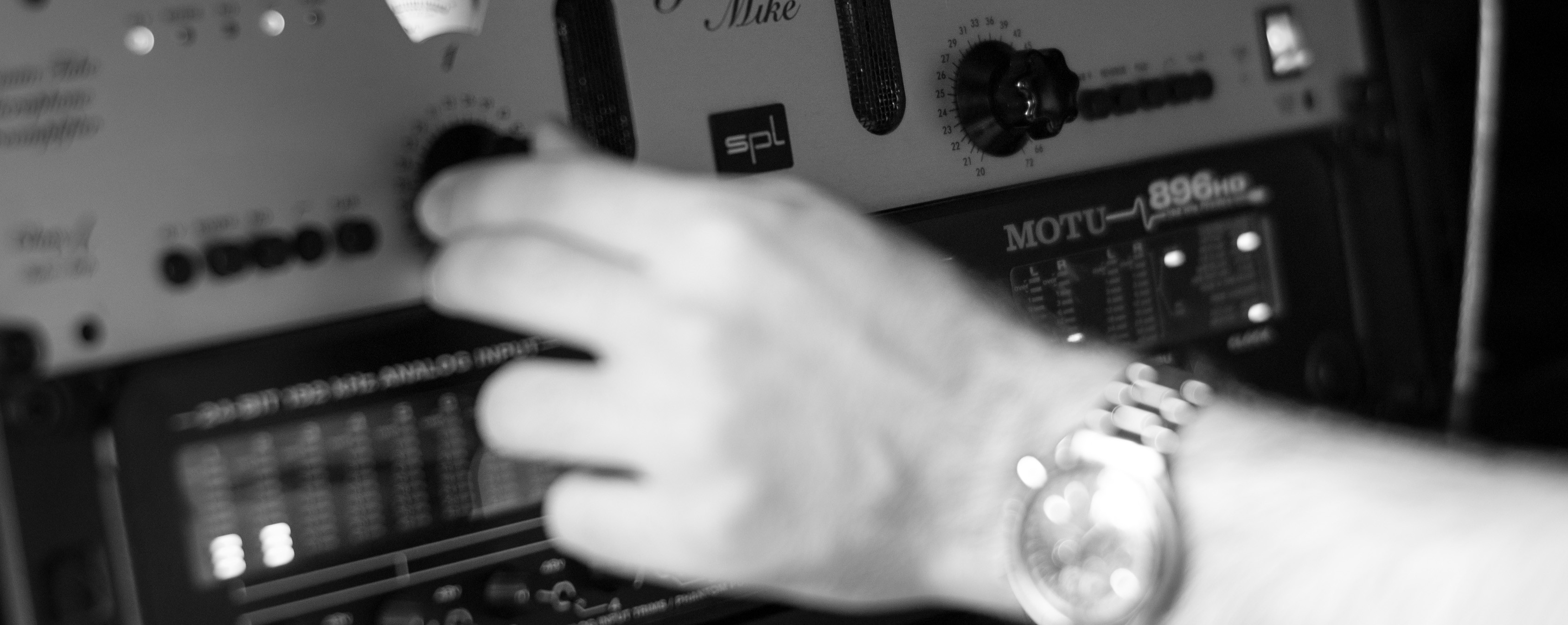
What is the difference between these two often confused categories?
Sound- alike or cover? That’s the real question! Which one is better for an advertising music?
Sound-alike is when we try to reproduce a specific soundtrack or mood, by creating another sound which is similar to the original one. The outcome should have the listener going like: “This music reminds me of something…Oh yes! That summer hit”. In this case we have reached our goal: a track that is quite similar to another one, that reminds of something, without copying.
On the other hand, a cover is the reproduction of a track that already exists, realised to resemble as much as possible the original version in terms of melody, rhythm and sound.
Business-wise, when we have to realise the soundtrack of an advertising video or a trailer for a game, for example, sound-alike represents the best solution if you don’t have clear ideas or if you have a limited budget.
Indeed, many times videos come provided with a soundtrack of reference. In this case we can work on a customised sound-alike that respects the video’s rhythm, sequences and harmony.
This way the ADV mood remains the same, but the result is an original sound.
On the contrary, a cover is not an original track and its use is not recommended, also due to the high cost of royalties.
The best solution for an ADV music remains an original soundtrack, created without explicit references of other tracks (differently for sound-alike, where we have landmark music).
Original soundtrack, like pictures and words, can identify a specific brand; but if ideas are not so clear, a sound-alike is the right compromise. Sound-alike is not that easy to create: we have to rework a track and make it similar to another one, without plagiarising or copying. It should remind of something, without being that something. In order to do so it is necessary to have an accurate study on the landmark music, searching the differences without forgetting the right mood and remembering, at the same time, that the real plus for a brand is originality.
